









1. Congolese woman displaced by massacre, DRC
2. Light projection at the Tower of David, Israel
3. Preparations for Barack Obama's inauguration, USA
4. Illegal child labourers, India
5. Winter festival celebrations, Greece
6. Electric Time co. employee, USA
7. Chinese New Year lanterns, China
8. Complete solar eclipse, Kazakhstan
9. Holi festival of colours, India
10. Escaping the heat, Afghanistan
These images are all from the Big Picture blog at http://www.boston.com/, the website of the Boston Globe. The Big Picture is run by Bocton.com web developer Allan Taylor, and is uploaded three times a week. Pictures come from AP, Reuters, Getty, and various public domain sources such as NASA, and posts range from current events, like images of the Victorian bushfires to more thematic, photo-essay type pieces like the series of images of people at work. Of the site, Taylor says:
"Inspired by publications like Life Magazine (of old), National Geographic, and online experiences like MSNBC.com's Picture Stories galleries and Brian Storm's MediaStorm, The Big Picture is intended to highlight high-quality, amazing imagery - with a focus on current events, lesser-known stories and, well, just about anything that comes across the wire that looks really interesting."
Needless to say, The Big Picture gives me an awful case of itchy travelling feet every time I look at it. It also, of course, makes me all the more keen to get myself a good digital SLR camera that I can really put through its paces. It makes me want to get out there, where big things are happening, and it highlights the importance of being in the right place in the right time. The notion of documenting disasters and emergencies, though, does raise the question of just when photographers should step back from the victims of tragedy and put their cameras away. To take a local example, the photos of the areas of Victoria affected by the bush fires of February 7 were incredibly moving, and helped bring home the reality of the situation to a city dweller like myself, who feels little direct impact. Forget about koalas, this is the image that really got to me:

Documenting tragedy helps those not immediately present to understand the gravity of what has happened, to empathise with those who were there, and to fully comprehend the extent of destruction. Yet, could it not also be said that in the weeks following a tragedy, seeing a constant stream of reminders of the destruction do anything but help people move on. When the parts of Victoria affected by the bushfired were reopened (having previously been classified as crime scenes, and closed off as a result) residents were upset by what was dubbed by the media as "bushfire tourism" - people from the city cruising through the desolation at 20ks an hour, snapping away as they went.
I really don't seem to have reached a conclusion here. What I guess I am trying to say is that whilst some of the most fascinating and moving photos are those that show people in emotional extremes, I cannot escape the notion that to shove a camera in someone's face at such a time is rather unforgiveable. Sum total observation: as much as I adore and am inspired by what they do, I an just not cut out to be a photojournalist. Sigh.
I am declaring 2009 Amelia's inaugural Year-of-the-Photo, in which I get myself a film camera or two, and learn/experiement/refine. Part of this all is looking at and thinking about other photographers and why they interest me. So this is installment number one, more will be coming once I put my Rome-follow-up assignments to rest once and for all.
EDIT: I have just whiled away far too much time looking at MediaStorm, the link Allan Taylor refers to. It is truly phenomenal.
+of+DSCN2645-pola.jpg)





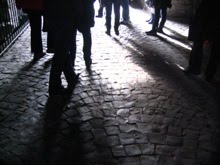



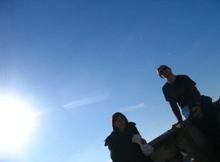







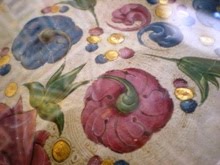


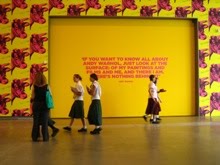.jpg)


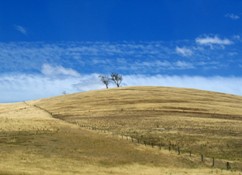
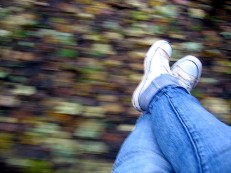










No comments:
Post a Comment